
Transportation fuel needs can be met the clean and green way by using biofuels. Biomass can be directly swapped into liquid fuels just like any other renewable source. In this pollution infected world, such an alternate source of fuel is nothing less than a blessing. Ethanol and biodiesel are the two most commonly used biofuels today. Soaring fuel prices are another reason that is triggering companies to come up with alternative sources of fuel production. This has forced scientists to dive into the plant kingdom in search of potential feedstocks, in turn looking out for more species of plants.
Biofuel from Pongamia Pinnata
Pongamia Pinnata is an oil plant that can provide biofuel. Pongamia seed oil has physical properties similar to diesel, but the emission properties are much cleaner as compared to conventional diesel. It will bring down soot and toxic smoke emissions, which will help keep the surroundings clean.
Crambe: new renewable oil feedstock
Researchers at the University of North Dakota have found out that Crambe, a little known flowering plant, can be used to extract liquid biofuel. This plant produces seeds that have a high oil content, which is now being considered as a potential biofuel feedstock.
Biofuel from non edible Jatropha Plant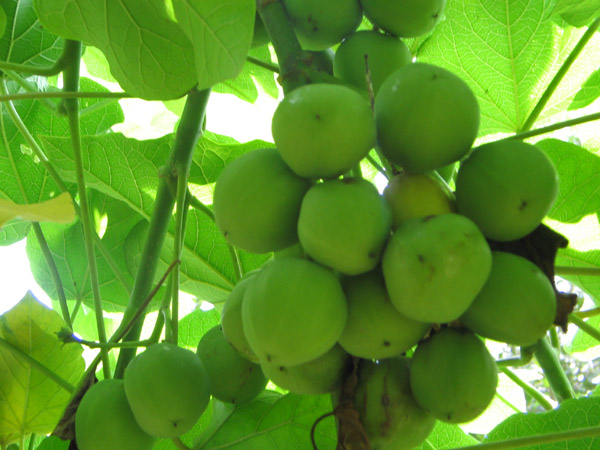
Jatropha is an inedible plant, which produces non edible Jatropha oil. It is now being touted as a potential ingredient in the production of biodiesel. The plant can be grown on any marginal land and like edible oil plants does not compete for cropland, which makes it an important candidate for biodiesel feedstock.
Hemp Biodiesel
Another potential source of sustainable diesel fuel is Industrial Hemp, which grows in infertile soils and hence does not need primary cropland. Hemp Biodiesel has passed laboratory tests and has a high efficiency of conversion. It has also been found to grow as weeds, which kills the need of heavy doses of fertilizers.
Switchgrass as a biofuel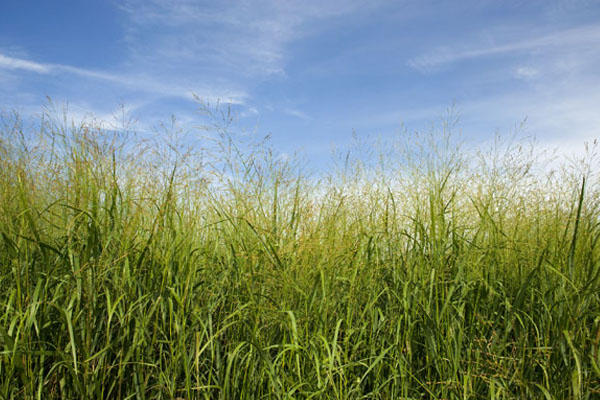
Here is a plant that produces more energy than it consumes and in turn is a suitable source for producing cellulosic ethanol. It has been found out that cellulosic ethanol produced from Switchgrass emits 94 percent less greenhouse gases, which is commendable. Switchgrass is not only energy efficient, but can also bring down the dependency on fossil fuels and in turn will even reduce greenhouse gas emissions.
Biofuel from Salicornia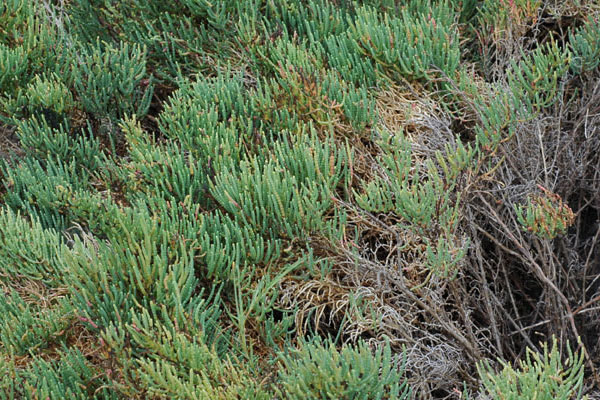
The latest potential for Biofuel is salt water plant Salicornia. It is an alga that grows in salt water and the seeds are capable of producing biofuel in large amounts. The plant can be fed with fish feces, hence deleting the need of fertilizers.
Biofuel from garbage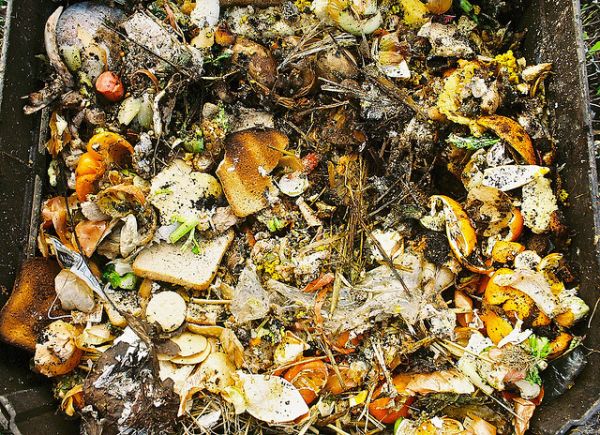
When we think of things that have an endless supply, garbage is definitely a part of the list. How about turning all the garbage that enters landfills into a source of fuel? Scientists have found out that biofuel can be derived from processed waste biomass, which will replace gasoline. This will in turn bring down global emissions by a good 80 percent.
Georgia Biofuel Plant to convert biomass to biofuel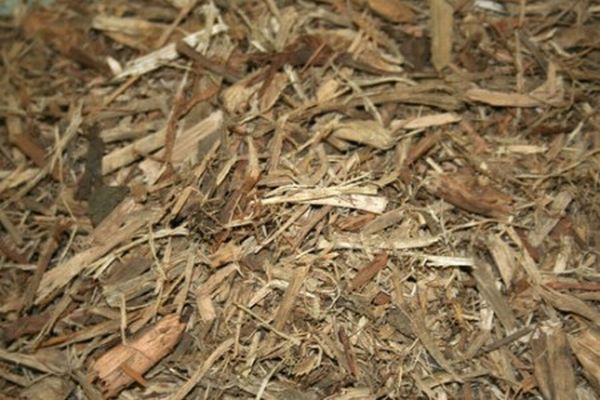
A renewable energy company, named Range Fuels has found out a cellulosic biofuel plant, which can be used to produce methanol and ethanol that too commercially from non food biomass. The methanol produce can be made into biodiesel, which will help curb pollution when used as a fuel for vehicles.
Cloning the Diesel Tree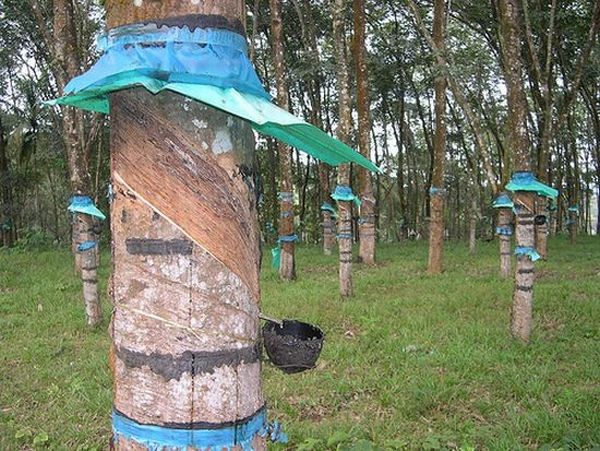
Chhandak Basu is working on a biodiesel project, which will power your rides the green way. Copaiba tree has been found to produce oleoresin, which has properties that are similar to diesel. The assistant professor of biological sciences is trying to clone the genes from the Copaiba tree and then recultivate these genes into weeds and algae. The plant will help solve one of the biggest human needs, which is traveling from one place to the other that too without harming their surroundings.
Fungus among us could become non food source for biodiesel production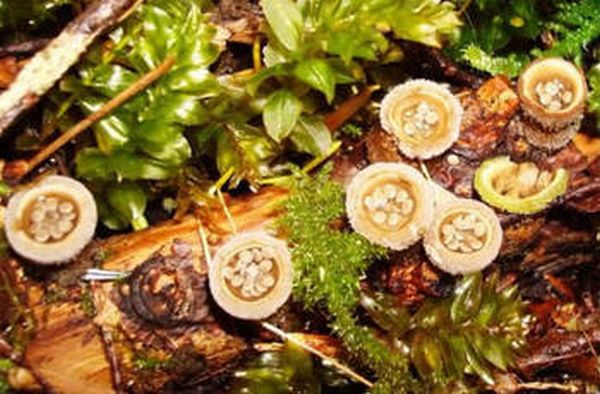
Till date edible oilseed plants were thought to be a potential candidate for biofuel production, but the scene is about to change. Scientists are hunting for oil sources that don’t come from plants, in order to meet the scaling biofuel demand. It has been found out that even fungus can be used to produce environmentally friendly biodiesel, which will definitely be a low cost process. This will also make sure that shortage of edible plant sources doesn’t take place due to overuse for meeting the rising fuel demands.




